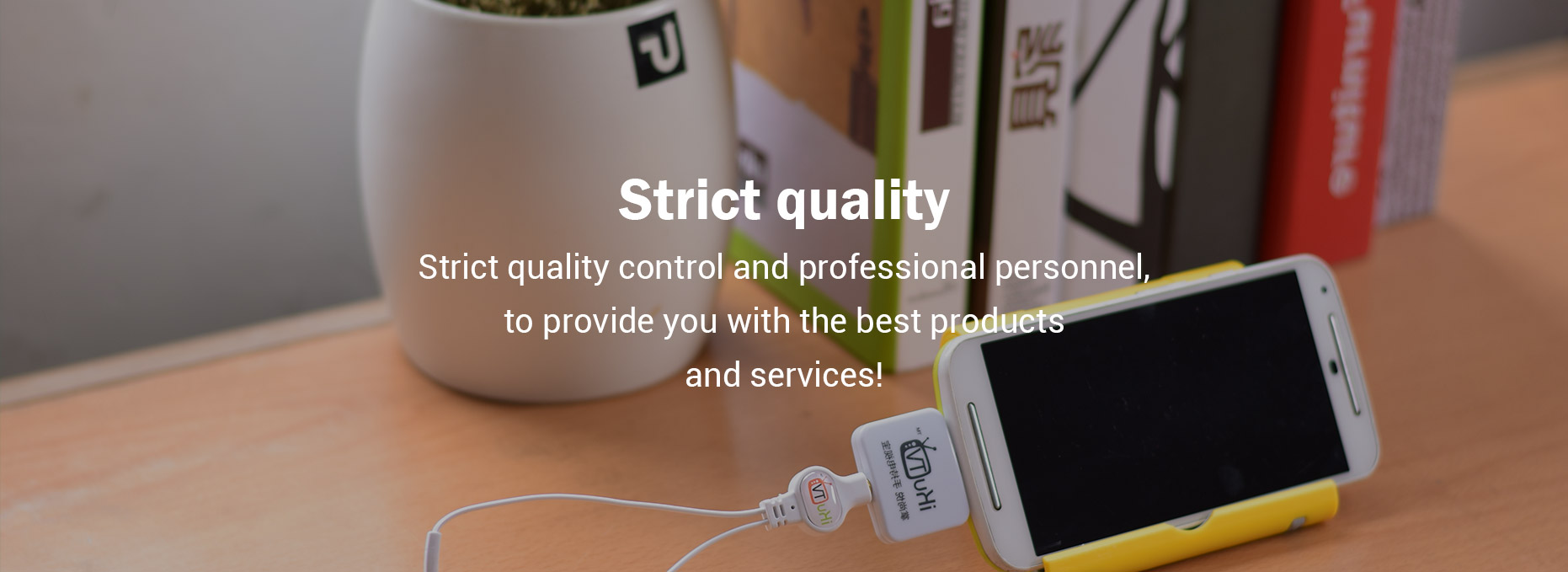Why is Tempered Glass the Future of Safety?
As technology evolves, so does our approach to safety in both residential and commercial settings. One of the innovations leading this charge is tempered glass, a material that has rapidly gained traction for its exceptional strength and safety features. But what exactly is tempered glass, and why is it emerging as the go-to choice for various applications? In this blog, we will explore the unique qualities of tempered glass and its undeniable advantages over traditional glass, positioning it as the future of safety.
For more information, please visit what's tempered glass.
Tempered glass, often referred to as toughened glass, undergoes a rigorous manufacturing process that increases its strength and thermal resistance. The glass is heated to high temperatures and then rapidly cooled, creating a state of compression on the surface that enhances its resilience. This intricate process transforms regular glass into a durable material that is far less likely to break under stress.
What sets tempered glass apart is its ability to shatter safely. Unlike standard glass that breaks into sharp, jagged shards capable of causing significant injuries, tempered glass crumbles into small, blunt pieces when broken, reducing the risk of severe harm. This feature alone makes it a preferred choice for safety-critical applications, such as shower doors, glass facades, and even automotive windows.
Furthermore, the versatility of tempered glass makes it suitable for a wide range of environments. In residential spaces, tempered glass can be used in shower enclosures, glass railings, and even table tops. Its aesthetic appeal, combined with its safety attributes, ensures homeowners can enjoy an airy and open feel in their living areas while significantly mitigating the risks associated with traditional glass options.
In commercial settings, tempered glass is paramount in creating safe and visually appealing storefronts and partitions. Whether in office buildings, shopping centers, or restaurants, the crystal-clear finish of tempered glass not only enhances visibility but also ensures that safety is never compromised. Additionally, its remarkable strength allows it to withstand high-impact situations, making it ideal for high-traffic areas.
Tempered glass also holds significant advantages when considering extreme weather conditions. With climate change leading to more serious weather events, buildings need materials that can withstand high winds and heavy rainfall. The thermal resistance of tempered glass means that it can endure temperature fluctuations without the risk of cracking or shattering, rendering it an excellent choice for storefronts and homes alike, particularly in regions prone to severe weather.
Additionally, tempered glass is an environmentally friendly option. The ability to recycle glass means that utilizing tempered glass in construction minimizes waste and promotes sustainability. Modern consumers are increasingly looking for building materials that align with their eco-conscious values, making tempered glass a preferred choice for architects and builders aiming for LEED certification and other sustainability accolades.
When it comes to safety standards, tempered glass repeatedly surpasses the requirements set forth by governing bodies. In many regions, regulations mandate that certain installations, such as those in shower environments or near swimming pools, must utilize tempered glass due to its superior performance and safety attributes. This distinction is crucial, as it reinforces the commitment to prioritizing safety in design and construction, offering peace of mind to homeowners and business operators alike.
Moreover, the advancements in technology related to tempered glass production continue to evolve. Innovations such as ceramic printing and digital printing on glass offer endless possibilities for customization, allowing users to incorporate designs, logos, or personalized motifs directly onto the glass surface without compromising its structural integrity. The intersection of safety, functionality, and aesthetics positions tempered glass as a leading contender for architects and designers aiming to create spaces that inspire awe while ensuring safety.
In the automotive industry, the benefits of tempered glass extend into vehicle design. With increasing attention to passenger safety, manufacturers often opt for tempered glass in windows due to its strength and shatter-resistance. This enhanced durability is not only vital for protecting passengers in the event of an accident but also improves the overall longevity of the vehicle, further solidifying tempered glass as an integral component in modern automotive engineering.
As we look to the future, the role of tempered glass will continue expanding across various sectors. Its unparalleled strength, safety features, aesthetic versatility, and eco-friendly properties make it a frontrunner in the materials industry. Architects, designers, builders, and consumers alike are recognizing the far-reaching benefits of what’s tempered glass, ensuring its position as a crucial element of safe and modern living environments.
In conclusion, tempered glass is not just a trend; it represents a significant shift towards prioritizing safety without sacrificing design. As its applications diversify and innovations continue, tempered glass is firmly established as the future of safety, paving the way for safer, more beautiful spaces for us all.
If you want to learn more, please visit our website smart glass ultra 86.



Comments